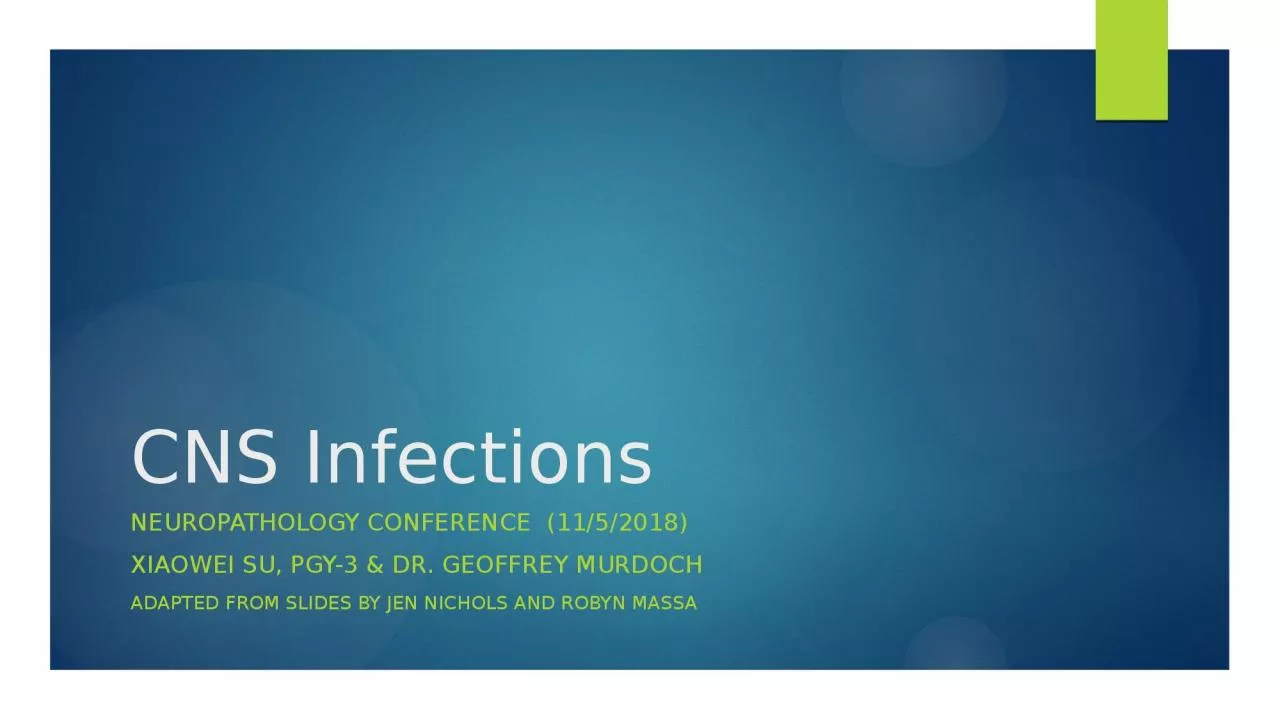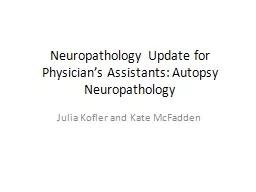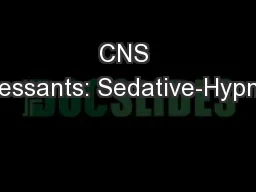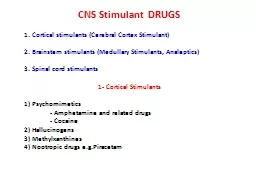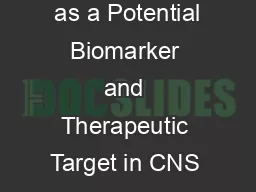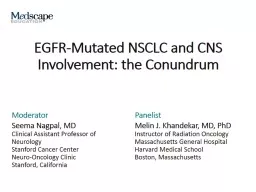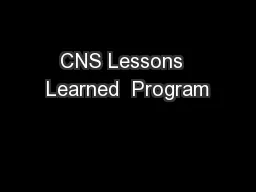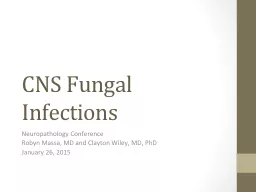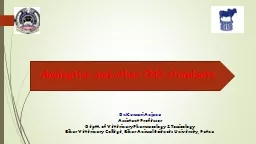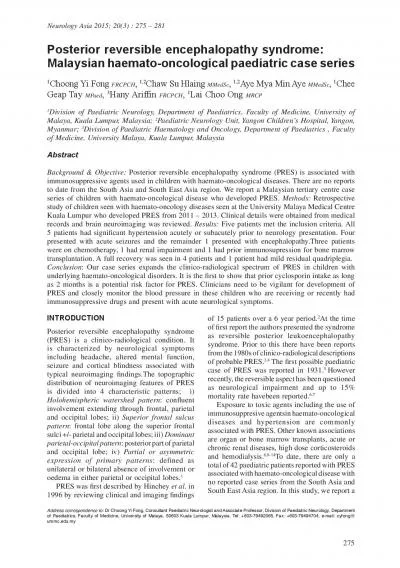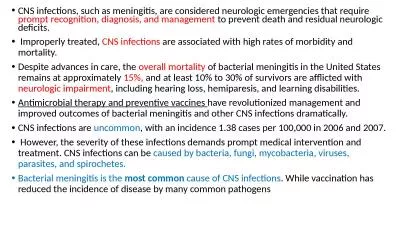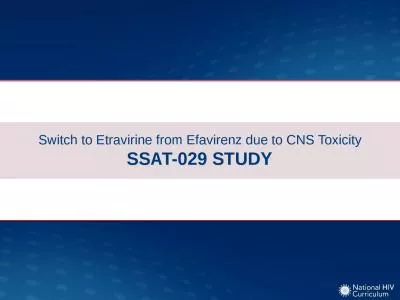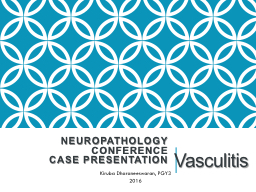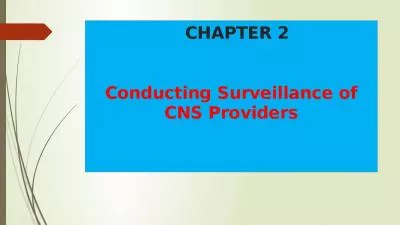PPT-CNS Infections Neuropathology Conference (11/5/2018)
Author : clara | Published Date : 2022-06-15
Xiaowei Su PGY3 amp Dr Geoffrey Murdoch Adapted from slides by jen nichols and robyn massa Bacterial Meningitis Meningitis is an inflammatory disease of the leptomeninges
Presentation Embed Code
Download Presentation
Download Presentation The PPT/PDF document "CNS Infections Neuropathology Conference..." is the property of its rightful owner. Permission is granted to download and print the materials on this website for personal, non-commercial use only, and to display it on your personal computer provided you do not modify the materials and that you retain all copyright notices contained in the materials. By downloading content from our website, you accept the terms of this agreement.
CNS Infections Neuropathology Conference (11/5/2018): Transcript
Download Rules Of Document
"CNS Infections Neuropathology Conference (11/5/2018)"The content belongs to its owner. You may download and print it for personal use, without modification, and keep all copyright notices. By downloading, you agree to these terms.
Related Documents

